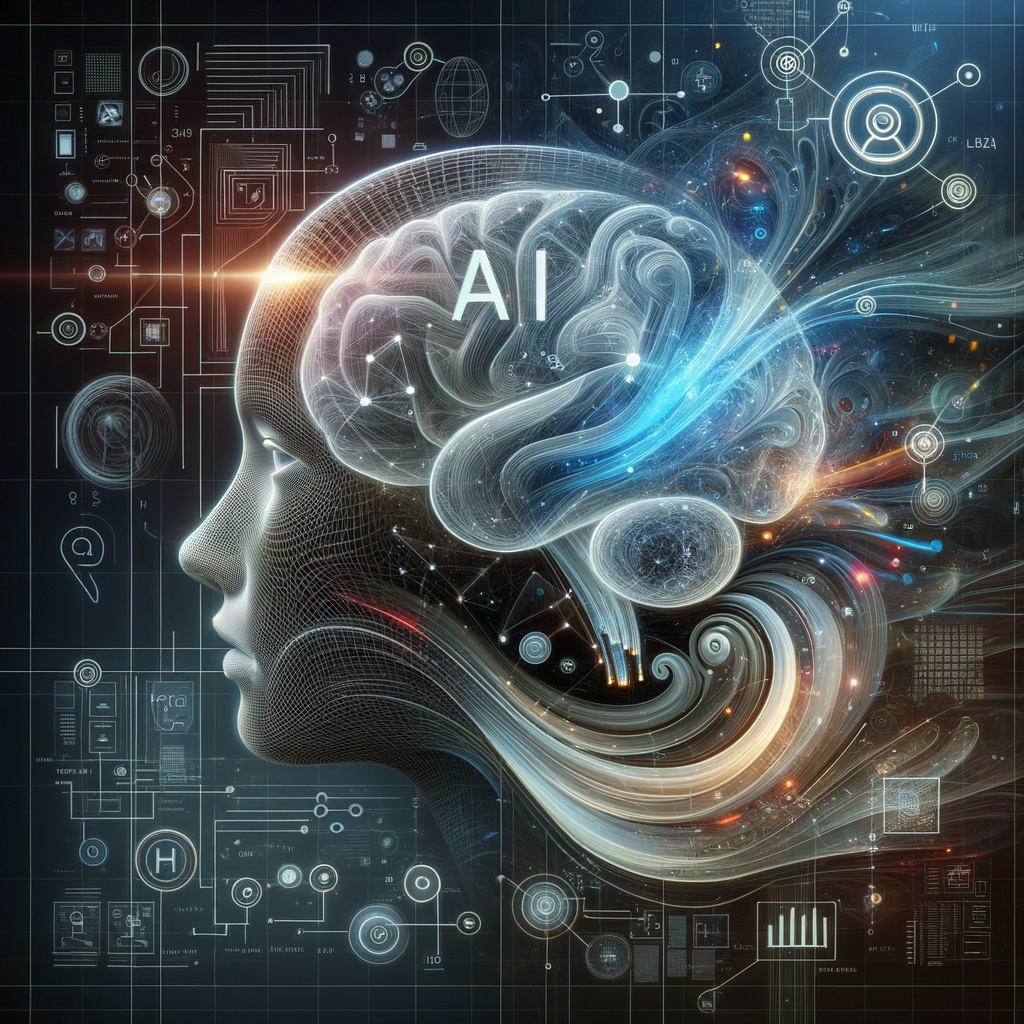
Beyond Algorithms: Crafting Immersive AI Experiences with UX Design
Explore how integrating UX design with AI technology can create more meaningful and engaging experiences for users. This blog delves into the importance of user-centric design in AI development, offering insights into creating AI systems that are not only intelligent but also intuitive and accessible.
Beyond Algorithms: Crafting Immersive AI Experiences with UX Design
In today's rapidly advancing technological landscape, the integration of artificial intelligence (AI) with user experience (UX) design stands as a frontier of innovation. As AI systems become increasingly sophisticated, the way users interact with these technologies is becoming a vital component of their overall effectiveness and user satisfaction.
The Intersection of AI and UX Design
Artificial Intelligence has permeated various aspects of human life, from digital assistants like Siri and Alexa to sophisticated recommendation systems used by Netflix and Amazon. While the backend algorithms and data processing capabilities of these AI systems are critical, the user interface (UI) and user experience (UX) design play an equally important role in determining the success of these AI solutions.
UX design focuses on creating products that provide meaningful and relevant experiences to users. This involves the design of the entire process of acquiring and integrating the product, including aspects of branding, design, usability, and function. In the realm of AI, UX design becomes the bridge that connects complex data-driven processes with human users, making them more accessible and understandable.
Why UX Design Matters in AI
The importance of UX design in AI can't be overstated. Effective UX design ensures that AI solutions are not only functional but also user-friendly and engaging. Here are some reasons why integrating UX design is crucial in AI development:
1. Enhancing Usability
AI systems can be incredibly complex, with multifaceted functionalities. However, without the right UX design, even the most advanced AI technologies can become cumbersome for users. Good UX practices help streamline the interaction process, making AI tools intuitive and easy to use.
2. Building Trust
With AI handling sensitive data or making significant decisions, trust becomes an essential factor. A well-thought-out UX design can help build this trust by providing users with clear, transparent interactions that explain the AI's actions and decisions.
3. Increasing Accessibility
UX design ensures that AI technologies are accessible to a broader audience. By considering diverse user needs, including those with disabilities, UX design can help democratize AI technology.
4. Emotional Impact
The emotional design component of UX considers the feelings users experience when interacting with a product. By incorporating emotional design strategies, AI systems can offer more engaging and impactful user experiences.
Key Principles of Effective AI UX Design
Developing AI products with user experience at the forefront involves several principles:
1. User-Centric Approach
AI systems should be designed with the user's needs and behaviors in mind. This involves understanding user expectations and creating pathways that lead to fulfilling their goals efficiently.
2. Transparency and Explainability
Users should have visibility into how AI systems use their data and make decisions. Including feedback mechanisms and simplifying complex algorithms into understandable formats are vital.
3. Personalized Experiences
Leveraging AI algorithms to provide personalized user experiences is key. Well-integrated UX design utilizes AI capabilities to offer tailored experiences that resonate with individual users.
4. Continuous Feedback and Adaptation
AI products should evolve based on user feedback and changing needs. Implementing adaptive UX designs that can learn and adjust based on interactions can significantly enhance the user experience.
Challenges in Designing AI UX
Despite its advantages, integrating UX design with AI presents unique challenges:
- Complexity of AI Systems: Crafting a seamless UX for systems that are inherently complex requires deep understanding and careful design considerations.
- Balancing Automation and Control: Ensuring users feel in control while letting AI take over repetitive tasks is a delicate balance.
- Maintaining Privacy and Ethics: UX design must address user concerns about data privacy and ethical considerations in AI interactions.
Future of AI and UX Design
As AI technology advances, the role of UX in AI will expand, intersecting with emerging fields like augmented reality (AR) and virtual reality (VR) to create immersive experiences. Designers with a firm grasp of these technologies will be at the forefront, shaping how we interact with intelligent systems in the future.
In conclusion, while algorithms drive AI, it is the art of UX design that will determine how these technologies positively impact our daily lives. By prioritizing usability, trust, accessibility, and emotional connection, we can create AI systems that are not only smart but also profoundly human-centric.